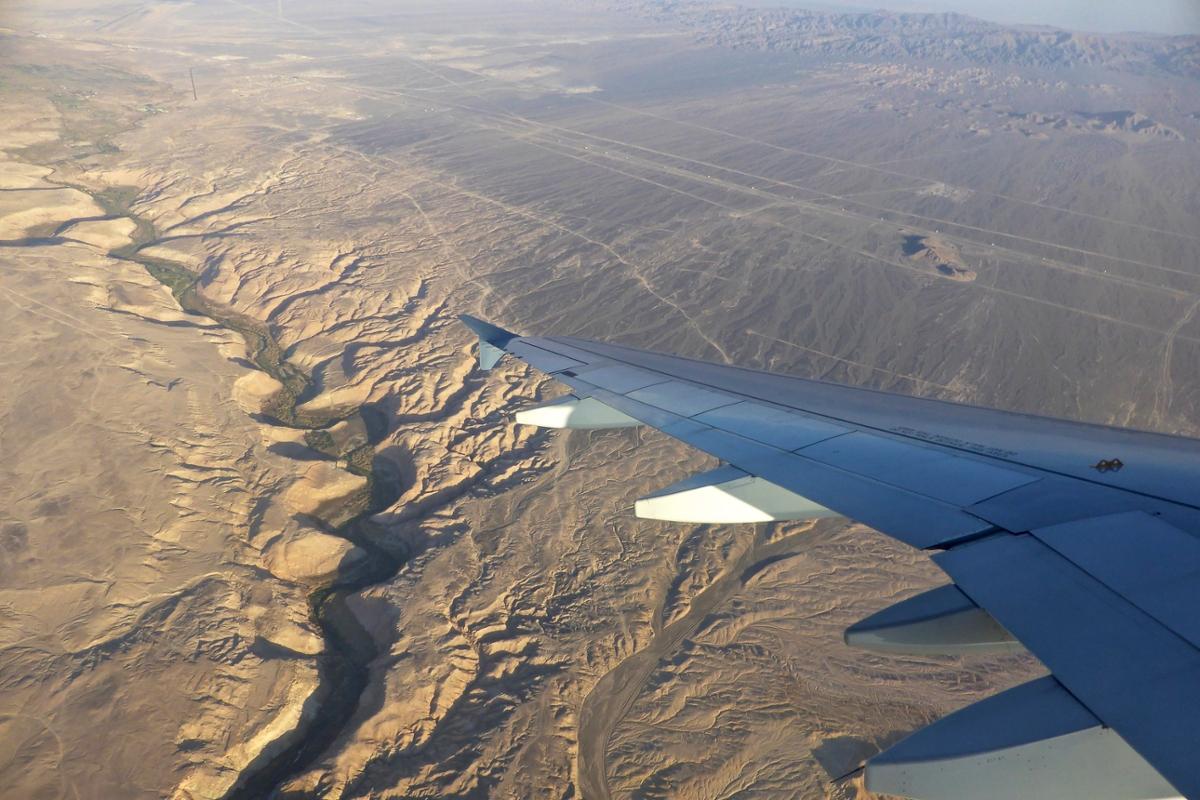Y: The Atacama Desert in Northern Chile is the driest desert on Earth. The only life there is microbial, and researchers study it to get an idea of what we might find on Mars. According to geological evidence, the desert core has been semiarid or arid for fifteen million years, and no rain had been recorded there for five hundred years. But then, something strange happened. Starting in 2015 it has rained several times in the Atacama
D: The desert must have bloomed with life.
Y: That’s what scientists thought might happen. But it didn’t. Actually, the rain killed most microbial life in the region, causing some species to go extinct.
D: How could that be? Water is necessary for life.
Y: Water is necessary for life. But, over the eons, the Atacama microbes evolved highly specialized strategies for optimizing the extraction of scarce humidity from their environment. They couldn’t cope with the sudden influx of abundant water into their cell membranes, and when the rains came, they swelled and burst. Before the rain, researchers estimated there were sixteen different species of microbes in the soil of the Atacama Desert core. There are only two to four left able to survive in these transitory sources of water.
D: All this might have implications for finding life on Mars. More than three and a half billion years ago, geological evidence shows water was abundant on Mars. Then it became dry, with occasional episodes of massive flooding. If Mars is like the Atacama, then those floods might not have helped Martian life to persist. They might have killed it off.










